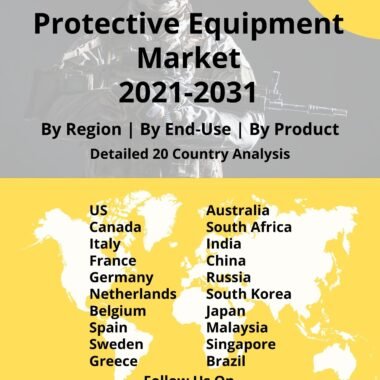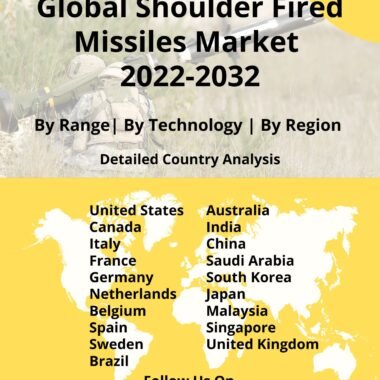Description
Communication Satellite Market
Frequently Asked Questions of Communication Satellite Market
Communication satellites provide coverage over large geographical areas, often spanning continents or even the entire globe. They enable long-distance communication by relaying signals between ground-based communication stations, facilitating global connectivity and communication between different regions of the world. Communication satellites can be placed in different orbits based on their intended applications and coverage requirements. Geostationary Earth Orbit (GEO) satellites are positioned approximately 35,786 kilometers above the Earth’s equator and remain fixed relative to the Earth’s rotation. This allows them to provide continuous coverage over a specific region. Low Earth Orbit (LEO) satellites, on the other hand, orbit much closer to the Earth at altitudes ranging from a few hundred to a few thousand kilometers. LEO satellites offer advantages such as lower latency and higher data transfer rates but require a larger number of satellites to provide global coverage.
Communication satellites are equipped with transponders, which receive signals from one location and retransmit them to another location. Transponders receive the incoming signals, amplify them, and change the frequency or wavelength before retransmitting them back to Earth. The transponders onboard the satellite is designed to handle different frequencies and can accommodate multiple channels simultaneously. Communication satellites operate in various frequency bands depending on the intended applications and regulatory considerations. Different frequency bands are allocated for specific uses, such as C-band, Ku-band, Ka-band, and others. Each frequency band has its advantages and considerations related to signal propagation, bandwidth capacity, and regulatory constraints.
Communication satellites support various applications, including voice calls, television broadcasting, internet connectivity, mobile communications, video conferencing, data transmission for businesses, and remote sensing. They play a crucial role in connecting people, businesses, and communities globally, facilitating seamless communication across vast distances.
Major factors driving Communication Satellite Market Growth
The demand for connectivity continues to rise worldwide. With the proliferation of smartphones, tablets, and other connected devices, as well as the increasing reliance on digital communication and internet-based services, there is a growing need for reliable and high-speed communication networks. Communication satellites play a crucial role in meeting this demand by providing global coverage and enabling long-distance communication.
The increasing internet penetration, particularly in emerging markets and remote areas, has contributed to the growth of communication satellites. In regions with limited terrestrial infrastructure, satellites offer a cost-effective and efficient solution for extending internet access and bridging the digital divide. Governments, organizations, and businesses are investing in satellite-based connectivity solutions to facilitate digital transformation and enable economic growth. The emergence of satellite constellations, such as those deployed in low Earth orbit (LEO), has significantly impacted the communication satellite industry. Companies like SpaceX, OneWeb, and Amazon’s Project Kuiper are launching large constellations of smaller satellites to provide global broadband coverage. These constellations aim to offer lower latency, increased capacity, and faster data rates compared to traditional geostationary satellites.
Trends influencing the Communication-Satellite Market Size
Advances in satellite technology have contributed to the growth of communication satellites. Improved efficiency in satellite design, miniaturization of components, higher-powered transponders, and more sophisticated signal processing capabilities have enhanced the performance and capacity of communication satellites. These advancements have made satellite-based communication more cost-effective and enabled the deployment of a greater number of satellites to meet growing demand.
Communication-Satellite Market Forecast & Dynamics
The communication satellite market has become highly competitive, with numerous satellite operators, service providers, and technology companies investing in satellite deployments. This competition has led to innovation, cost reduction, and improved service offerings. Additionally, governments and private entities are investing in satellite programs to strengthen national communication infrastructure and foster economic development. The communication satellite market forecast includes a comprehensive market analysis and market size. The market analysis includes regional market size, drivers, restraints, and opportunities. The regional analysis also includes country-wise market size.
Communication Satellite Market Analysis for Recent Developments
Greenerwave, based in France, has unveiled a multibeam ground antenna that can interact with multiple satellites at the same time. The new antenna, known as Pannoramix, can communicate with all sorts of satellite constellations in varied orbits and can be simply integrated into stationary and mobile platforms. Existing electrically-pointed antennas, it claimed, are enormous and only operate on one frequency band, making them unsuitable for the mass markets targeted by the new low-Earth orbit mega-constellations. According to the business, Greenerwave’s technology has low power consumption and low cost, and Pannoramix can maintain a steady and continuous connection in both densely inhabited and isolated places.
Emirates will equip 50 of its new Airbus A350s with HBCplus satellite communication technology from the manufacturer. HBCplus is a satcom ‘neutral’ service that allows airlines to connect to numerous providers and frequencies. An agnostic satellite communications system connects to numerous satellite providers or network types rather than being limited to a single source. This has several significant advantages, including a more robust system with fewer dropouts, broader coverage areas, and greater provider flexibility.
The global communication satellite landscape has experienced transformative advancements, shaping the way nations and industries connect, communicate, and gather information. These satellites, essential components of modern telecommunications, have undergone significant improvements in terms of technology, capacity, and coverage. Satellite constellations, characterized by networks of smaller satellites working together, have become increasingly prevalent, offering enhanced connectivity and lower latency. This approach, championed by both governmental and private entities, aims to provide global broadband coverage, especially in remote and underserved regions.
Technological innovations, including high-frequency bands, advanced signal processing, and software-defined capabilities, have increased the bandwidth and data transfer rates of communication satellites. This enables faster and more reliable communication services, supporting a wide range of applications, from internet services to emergency response and disaster management. Inter-satellite communication capabilities have improved, allowing satellites to communicate with each other, share data, and optimize network performance. This interconnectedness contributes to more efficient and adaptable satellite networks. The global communication satellite landscape in 2023 reflects a commitment to expanding connectivity, promoting digital inclusion, and addressing the growing demand for high-speed, reliable communication services across the globe. The continued evolution of communication satellites reinforces their pivotal role in our increasingly interconnected world.





